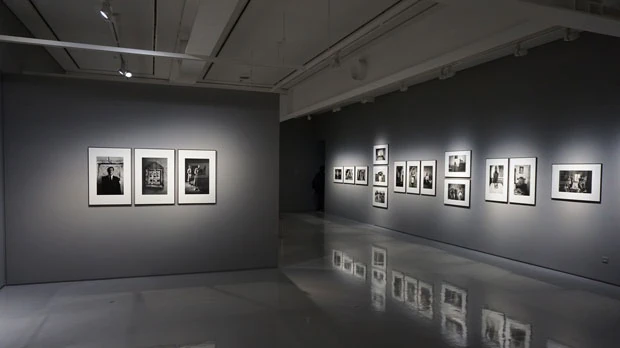Source: NPR
Few people know how much work, planning and security goes into transporting famous artworks between places for temporary and long-term display at museums.
For the most part, museums have people who are dedicated to negotiating how long and when they can borrow certain artworks from private collectors or other museums. The works that get approved for borrowing then require lots of insurance and close examinations to capture the state of the artwork, to ensure that the borrowers will return the works in the same condition.
These artworks travel on ships, planes and trucks, with lots of safety features packed into and around them. This helps ensure that millions of dollars worth of art will stay protected, even in the worst situations.
Stationed around the country are relatively secret storage spaces, where only cleared personnel, usually art conservators and curators who are looking for specific works for an exhibit, can enter.
In some cases, people who work in the world are surrounded by hundreds of amazing artworks: a Picasso, secured and hanging on a slider in a dark room; a Monet that hasn’t seen the light of day in years. This is a glimpse into the movement of art that makes its way from one space to the next.
Read Full Story: NPR

